 Kirchhoffs map as coincident with nickel, to be seen. The close groups of the metallic spectra are also well resolved. When this improved apparatus was directed to the stars, a large number of fine lines was observed, in addition to those that had been... Kirchhoffs map as coincident with nickel, to be seen. The close groups of the metallic spectra are also well resolved. When this improved apparatus was directed to the stars, a large number of fine lines was observed, in addition to those that had been...  Spectrum analysis, 6 lects - Page 311by sir Henry Enfield Roscoe - 1870Full view Spectrum analysis, 6 lects - Page 311by sir Henry Enfield Roscoe - 1870Full view - About this book
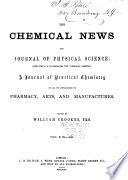 | 1865 - 332 pages
...magnesium, inm.i No stars sufficiently bright to give a spectrum have been observed to be without lines. Star differs from star alone in the grouping and arrangement...numerous fine lines by which their spectra are crossed. The dark lines of absorption are strongest in the spectra of stars the light of which is tinted with... | |
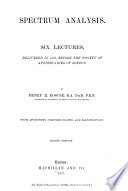 | Henry Enfield Roscoe - 1870 - 514 pages
...observer to be assured of the perfect correspondence in relative position in the 1 Phil. Trans. 1864, p. 141. instrument of the stellar spectrum and the...a comparison with the lines measured in the star, those elements the coincidence of the lines of which with stellar lines was probable. For the purpose... | |
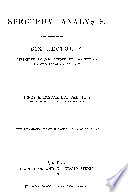 | Henry E. Roscoe - 1869 - 372 pages
...which enables the observer to be assured of the perfect correspondence in relative position in the instrument of the stellar spectrum and the spectrum...a comparison with the lines measured in the star, those elements the coincidence of the lines of which with stellar lines was probable. For the purpose... | |
 | 1870 - 586 pages
...sufficiently bright to give a spectrum has been observed to be without lines. Star diners from star only in the grouping and arrangement of the numerous fine lines by which their spectra are crossed. The dark absorption lines are strongest in the spectra of yellow and red stars. In white stars the... | |
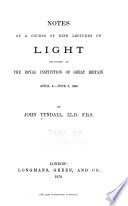 | John Tyndall - 1870 - 92 pages
...sufficiently bright to give a spectrum has been observed to be without lines. Star differs from star only in the grouping and arrangement of the numerous fine lines by which their spectra are crossed. 324. The dark absorption lines are strongest in the spectra of yellow and red stars. In white stars... | |
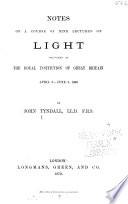 | John Tyndall - 1870 - 110 pages
...sufficiently bright to give a spectrum has been observed to be without lines. Star differs from star only in the - grouping and arrangement of the numerous fine lines by which their spectra are crossed. 324. The dark absorption lines are strongest in the spectra of yellow and red stars. In white stars... | |
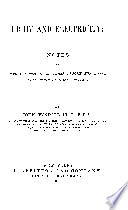 | JOHN TYNDALL, L.L.D., F.R.S. - 1871 - 204 pages
...sufficiently bright to give a spectrum has been observed to be without lines. Star differs from star only in the grouping and arrangement of the numerous fine lines by which their spectra are crossed. 324. The dark absorption lines are strongest in the spectra of yellow and red stars. In white stars... | |
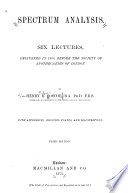 | Henry Enfield Roscoe - 1873 - 542 pages
...to the sun, the line D is sufficiently divided to permit the line within it, marked in Kirchhoff's map as coincident with nickel, to be seen. The close...a comparison with the lines measured in the star, those elements the coincidence of the lines of which with stellar lines was probable. For the purpose... | |
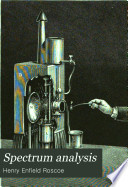 | Henry Enfield Roscoe - 1873 - 552 pages
...fine and as numerous as they are in the solar spectrum. The great breadth in the lines in the grren and more refrangible parts of Sirius and some other...numerous fine lines by which their spectra are crossed. b'. For the convenience of reference and comparison, a few of the more characteristic lines of twenty-nine... | |
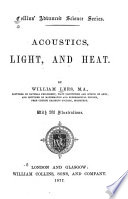 | William Lees - 1877 - 318 pages
...sufficiently bright to give a spectrum, has been observed to be without lines. Star differs from star only in the grouping and arrangement of the numerous fine lines by which their spectra are crossed. . . . A comparison of the spectra, of stars of different cokrars suggests that the colours of the stars... | |
| |